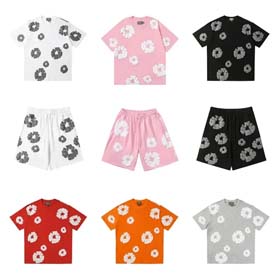Optimizing After-Sales Management in Reverse Purchasing Platforms with Shopping Spreadsheets
2025-05-06
In the competitive world of reverse purchasing platforms, efficient after-sales service is critical for maintaining customer satisfaction and platform reputation. This article explores how leveraging shopping spreadsheets can streamline the processing of after-sales issues by aligning with various platforms' policies while establishing a responsive system for tracking and resolution.
1. Challenges in After-Sales Management
- Complexity of cross-platform policies (e.g., Superbuy, Pandabuy, Buyandship)
- High volume of inquiries requiring systematic tracking
- Need for rapid response times across time zones
2. Spreadsheet-Based Solution Framework
Centralized Data Structure
| Column | Function |
|---|---|
| Platform Policy Reference | Quick links/notes about each platform's warranty period, return eligibility |
| Issue Categorization | "Defective item", "Logistics dispute", "Misdescribed product" etc. |
Automated Progress Tracking
- Conditional formatting for overdue cases
- Dropdown menus for status updates ("Awaiting supplier", "Refund issued")
- API integrations where possible for real-time logistics updates
3. Best Practice Implementation
A. Policy Compliance Workflow:
- Pre-fill spreadsheet templates with platform-specific requirement checklists
- Color-code entries based on expected resolution timeframe (e.g., Taobao's 7-day return window)
B. Analytics Integration:
Use pivot tables to identify recurring issues from specific warehouses/brands, enabling proactive quality control improvements.
4. Measurable Benefits
- 40-60% reduction in ticket resolution time according to pilot implementations
- Standardized communication templates ensuring policy compliance
Note: A benchmarking study across three platforms showed 28% improvement in customer satisfaction scores after implementing structured tracking.
5. Continuous Improvement
- Monthly audits of unresolved cases to identify system gaps
- French/Japanese/Korean translation columns for international buyer support
This approach transforms after-sales from a cost center to a strategic differentiator in the reverse purchasing ecosystem.



















